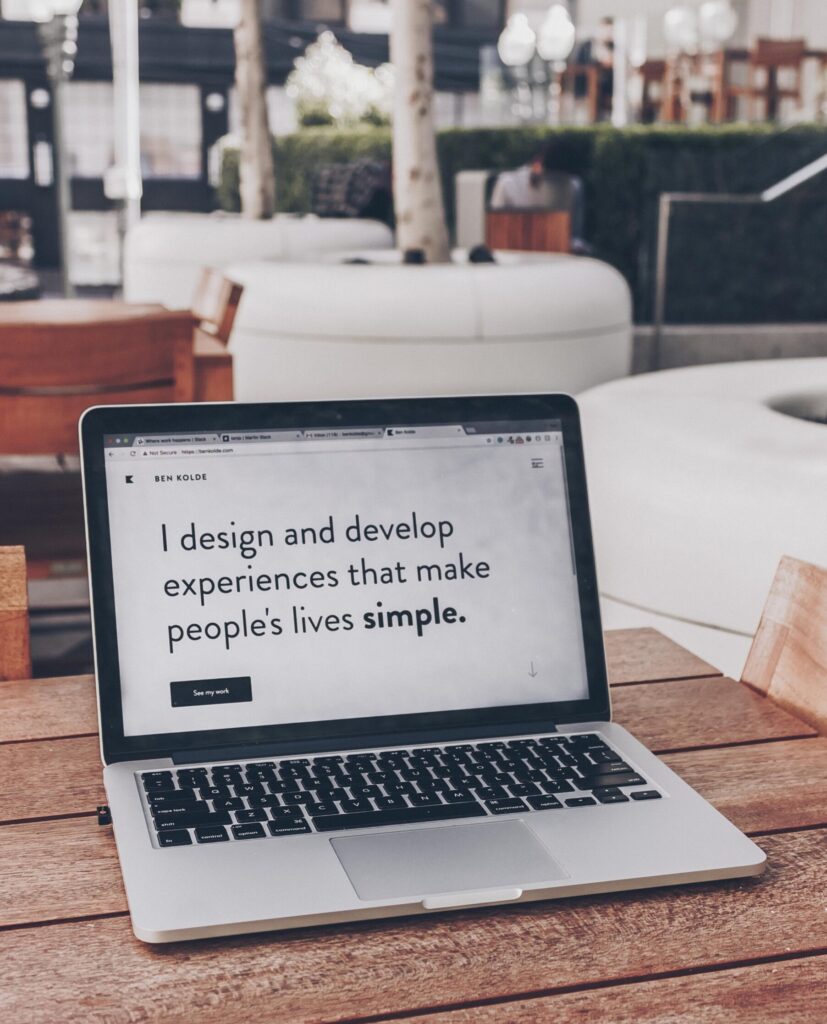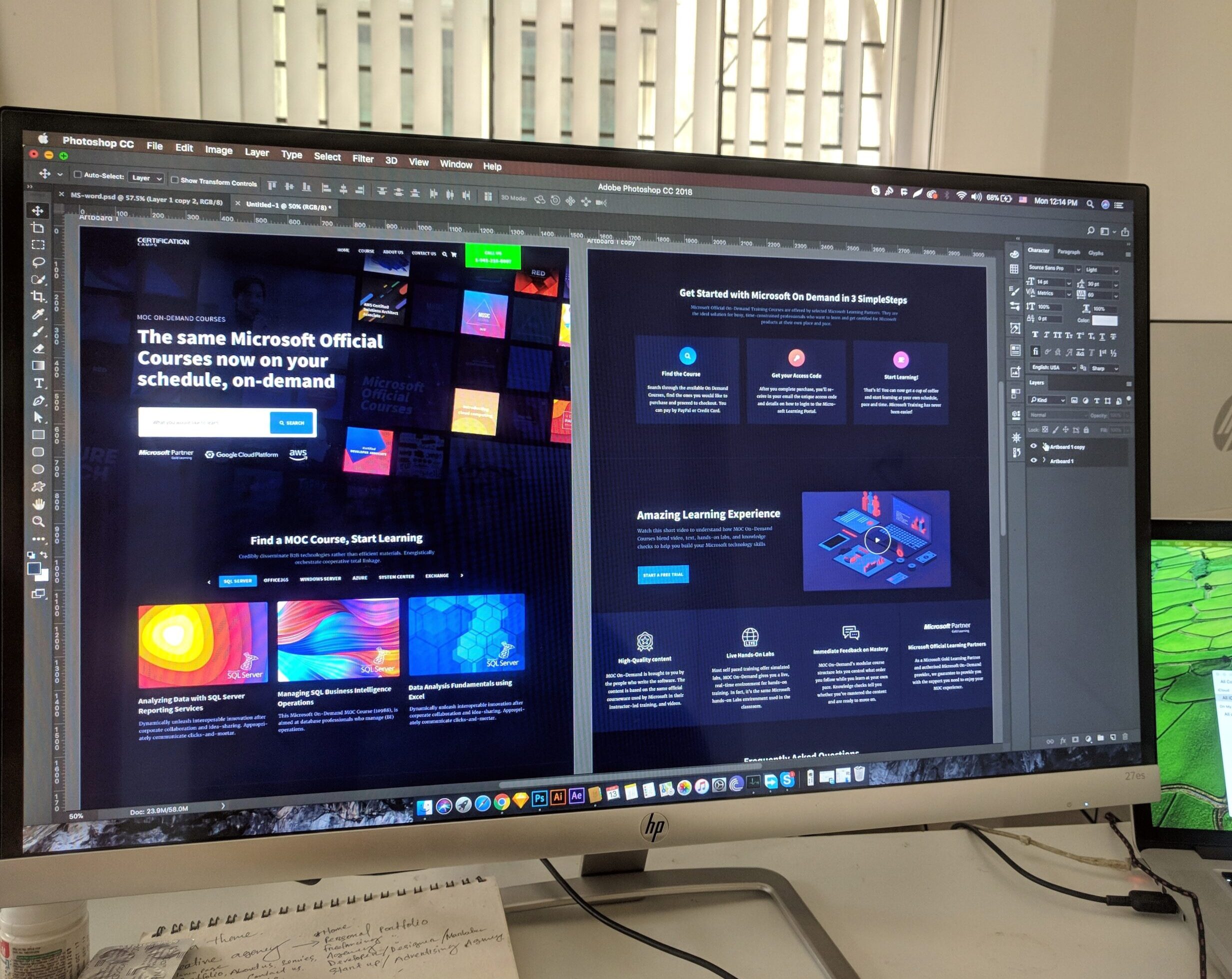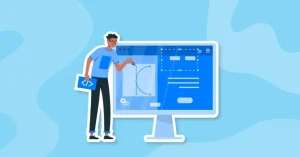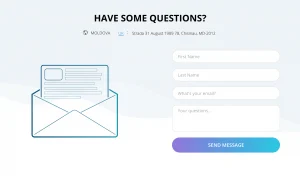The benefits of incorporating animation and micro-interactions in web design

Animation and micro-interactions have become increasingly popular in web design, as they can help to create a more engaging user experience. In this article, we will explore the benefits of incorporating animation and micro-interactions into your website’s design. We’ll look at how these elements can improve usability, enhance visual appeal, and make users feel more connected with your brand or product. Finally, we’ll discuss some best practices for implementing animations and micro-interactions on websites.
The aesthetic appeal of animation: enhancing user experience
The aesthetic appeal of animation: enhancing user experience, focus on The benefits of incorporating animation and micro-interactions in web design
Animation has become an increasingly popular tool for web designers looking to add a little bit of extra flair to their site. By adding moving elements, designers are able to grab users’ attention and keep them engaged with the content. Not only does this improve the overall user experience, but it can also help to increase conversion rates and other important metrics.

There are a number of different benefits that come with incorporating animation into your web design. Firstly, it can help to make your site more visually appealing and engaging. Secondly, it can also be used to add an element of interactivity, making it more fun and easy to use. Finally, animation can also be used to guide users through your site, providing a better overall experience.
If you’re looking to add some extra pizzazz to your web design, then incorporating animation is definitely worth considering. With its many benefits, it’s sure to enhance your user experience and help you achieve your desired results.
Exploring the usefulness of micro-interactions to improve usability
As a website or app designer, you’re always looking for ways to improve the user experience and make your designs more engaging. One way to do this is by incorporating animation and micro-interactions into your web design.
Micro-interactions are small, but important, interactions that users have with your website or app. They’re usually triggered by a user action, such as clicking a button, and can help to guide users through your design.

Animation can also be used to improve the user experience. For example, you could use it to highlight important elements on a page or to provide visual feedback when a user interacts with your design.
Both animation and micro-interactions can help to make your design more engaging and easy to use. By incorporating these elements into your web design, you can create a better user experience for your visitors.
Harnessing the power of visual storytelling through animations & interactions
In a world where we are bombarded with an endless stream of content, it is more important than ever for brands to cut through the noise and capture the attention of their target audience. One way to do this is by harnessing the power of visual storytelling through animations and micro-interactions.
Animations can be used to bring your brand story to life and make complex concepts more understandable. They can also be used to add an element of fun and engagement to your website or app, making it more memorable and likely to stick in the minds of users.
Micro-interactions are another great way to add engagement and delight users. By adding small animations or interactions in key places on your website or app, you can make the user experience more enjoyable and encourage people to keep coming back for more.
So why not add a little animation and interaction to your next web design project? It could be just what you need to stand out from the crowd and make a lasting impression on your users.
Strategies for implementing effective web design elements with animation and interactivity
In the early days of web design, animation was used sparingly because it was difficult to implement and tended to result in clunky, slow-loading websites. However, with advances in technology, animation has become a powerful tool that can be used to improve the user experience on websites. When used correctly, animation can add polish and flair to a website, making it more visually appealing and easier to use.
Animation can be used to guide users through a website, highlight important information, or simply add a touch of personality. Micro-interactions are small animations that provide feedback to users as they interact with a website or app. For example, when a user hovers over a button, the button may change color or shape to let the user know that it is clickable. These small animations help to improve the overall usability of a website by making it more intuitive and easy to use.
Incorporating animation and micro-interactions into your web design can have numerous benefits. First, it can help to make your website more visually appealing and engaging. Second, it can help improve the overall usability of your site by making it more intuitive and easy to use. Finally, using animation and micro-interactions can help you create a unique and memorable online experience for your users.
In conclusion, animation and micro-interactions are powerful tools that can be used to create engaging web experiences. They provide a way for designers to add personality and dynamism to their designs, while also helping users understand how the website works. By incorporating these elements into your design process, you can make sure that your site stands out from the competition and provides an enjoyable user experience.







